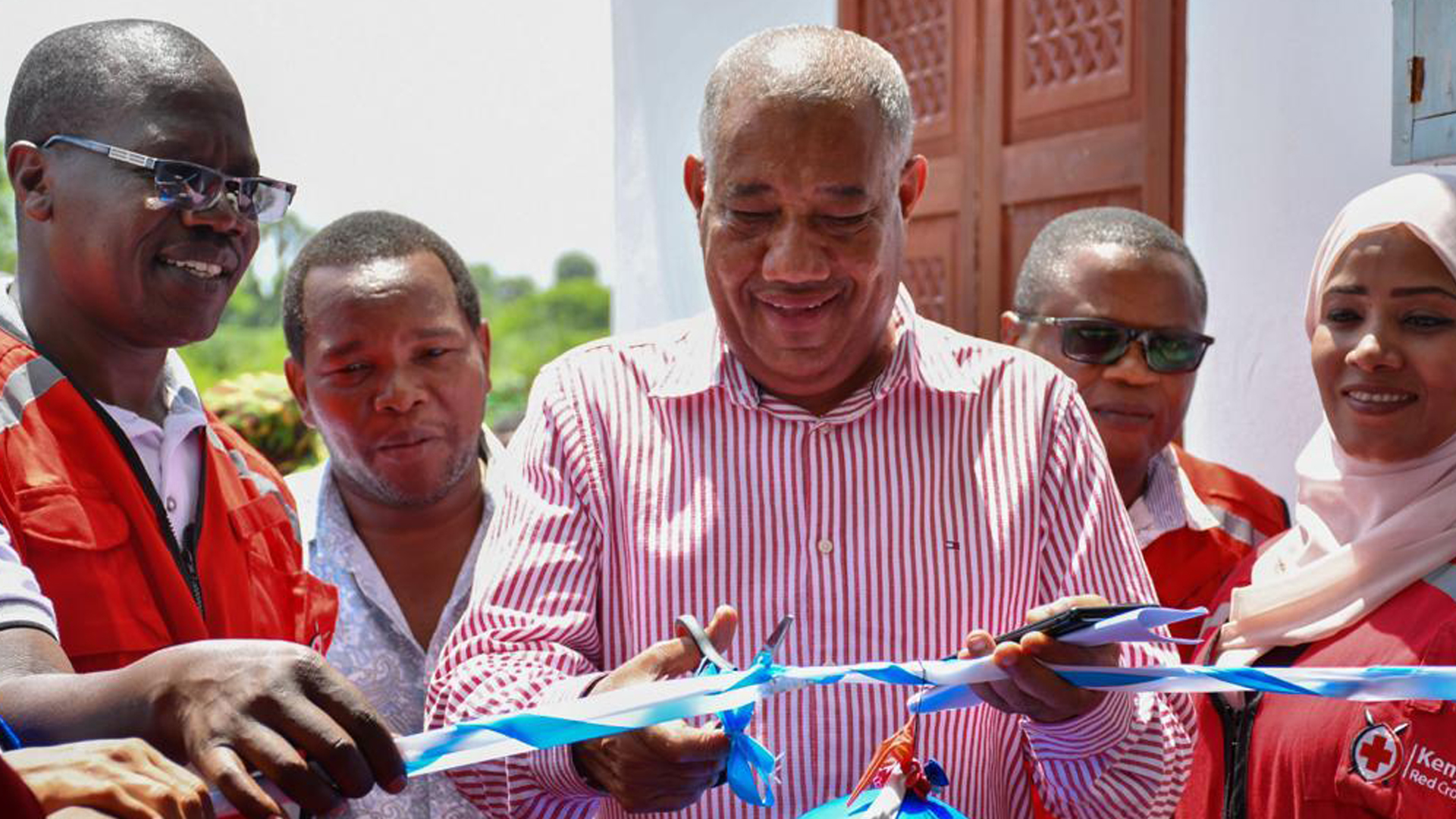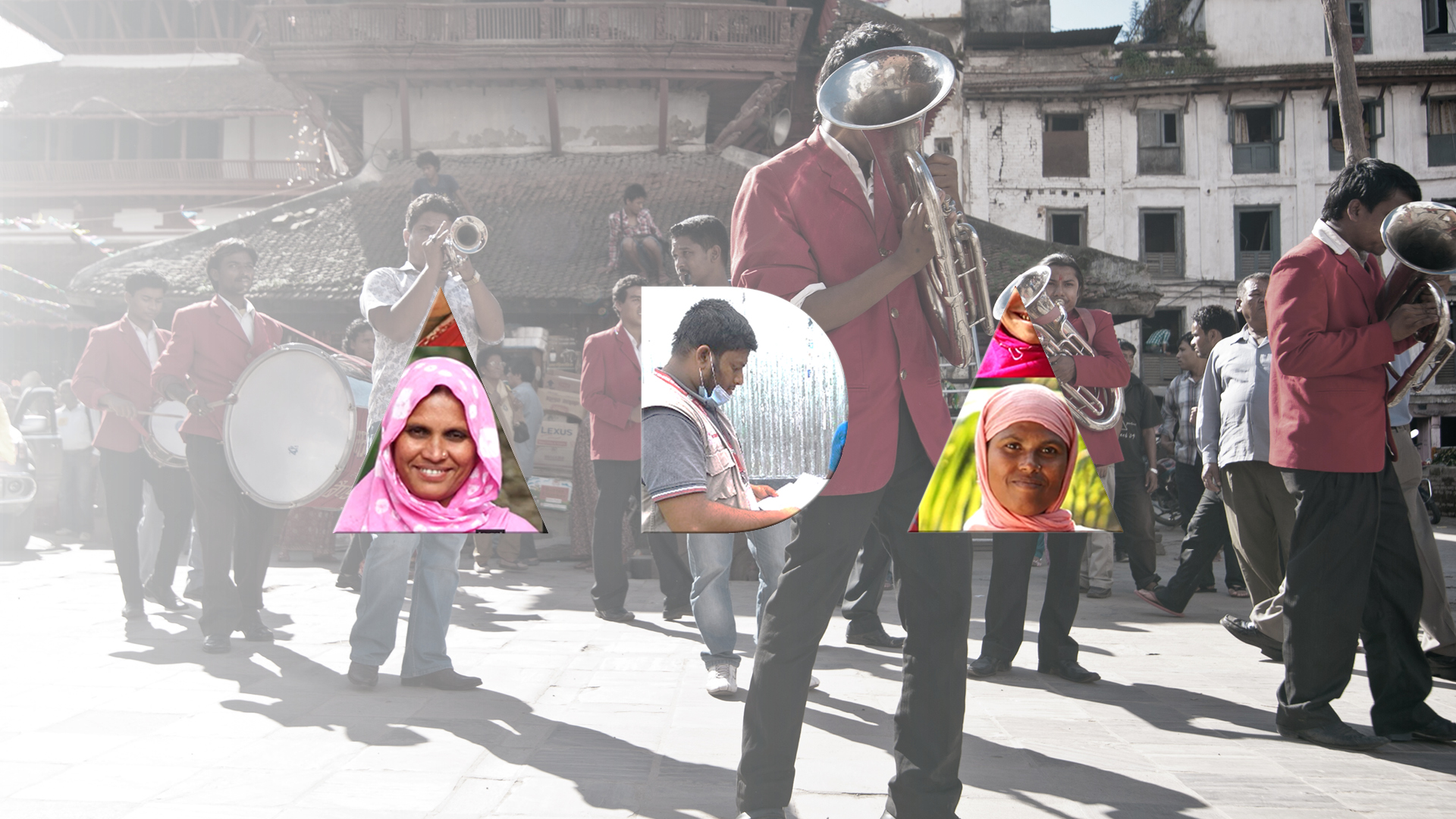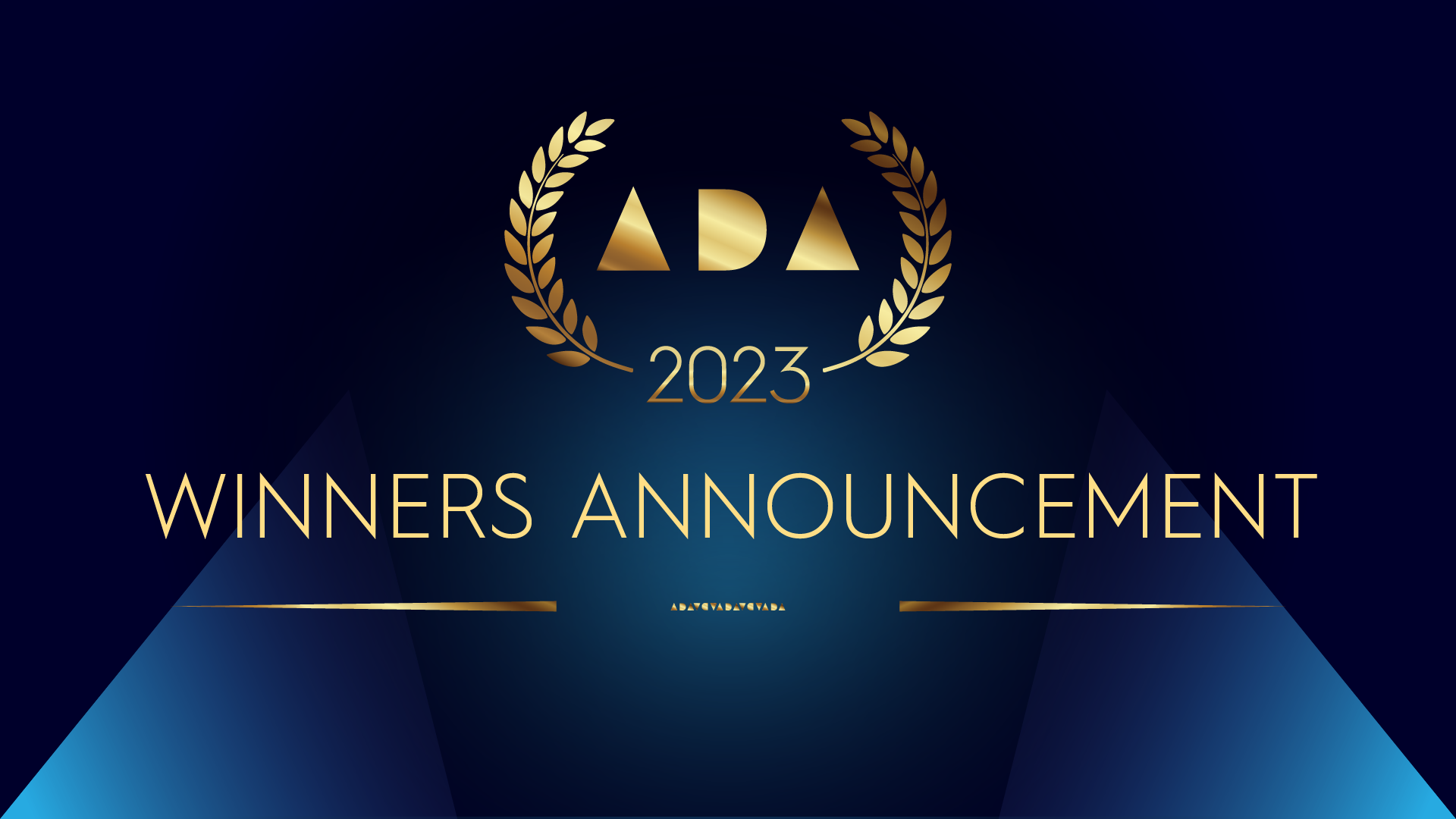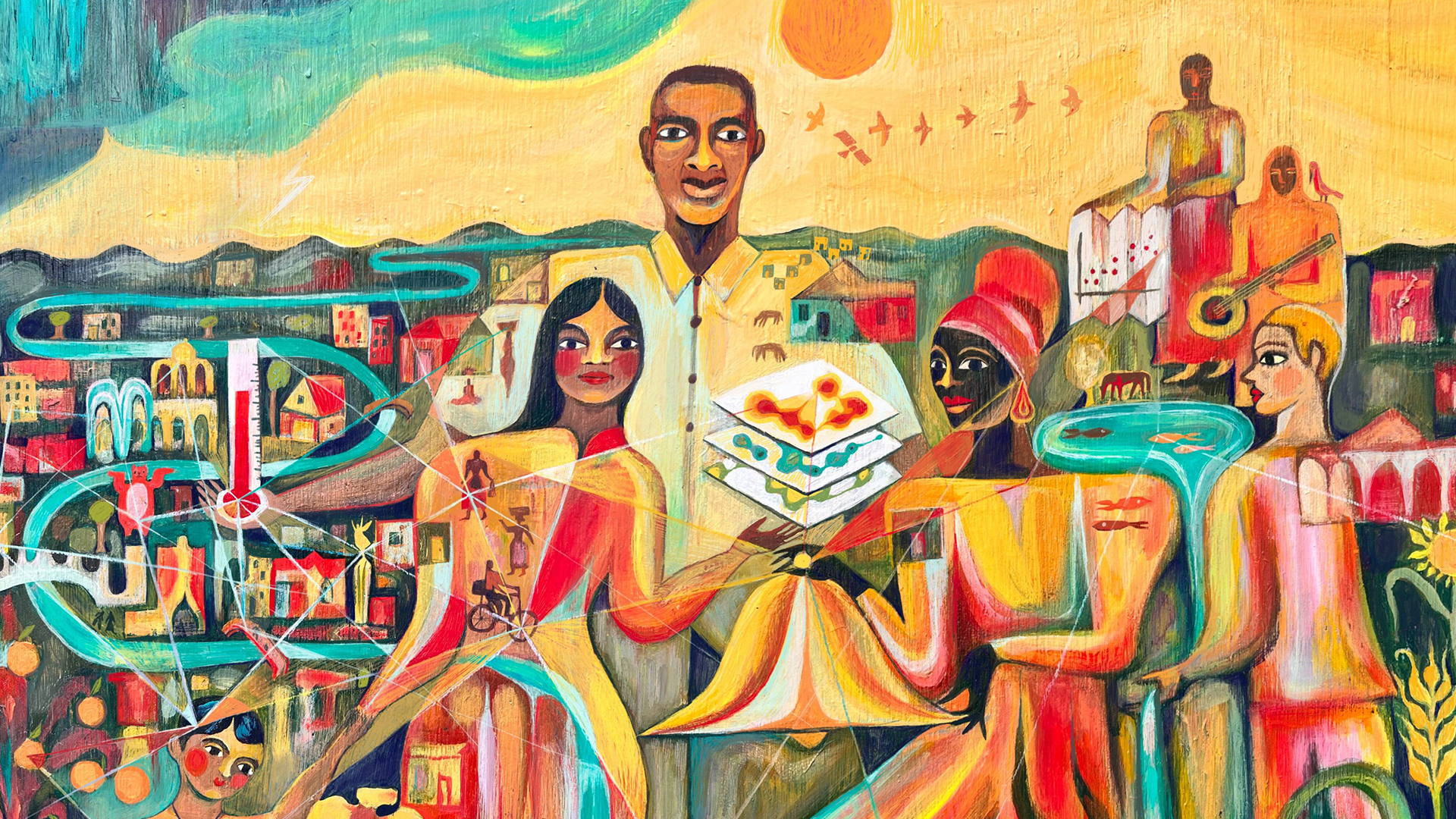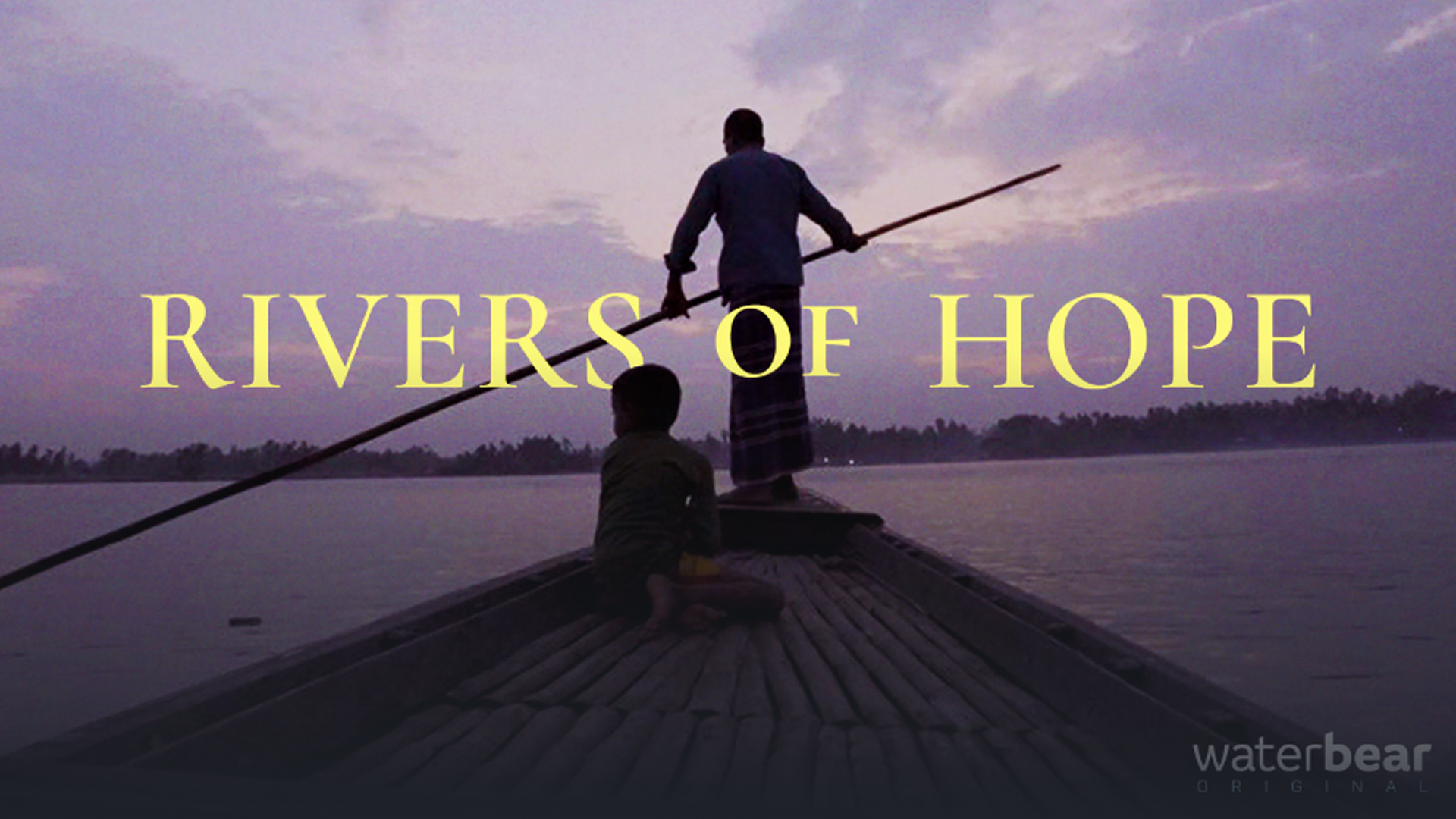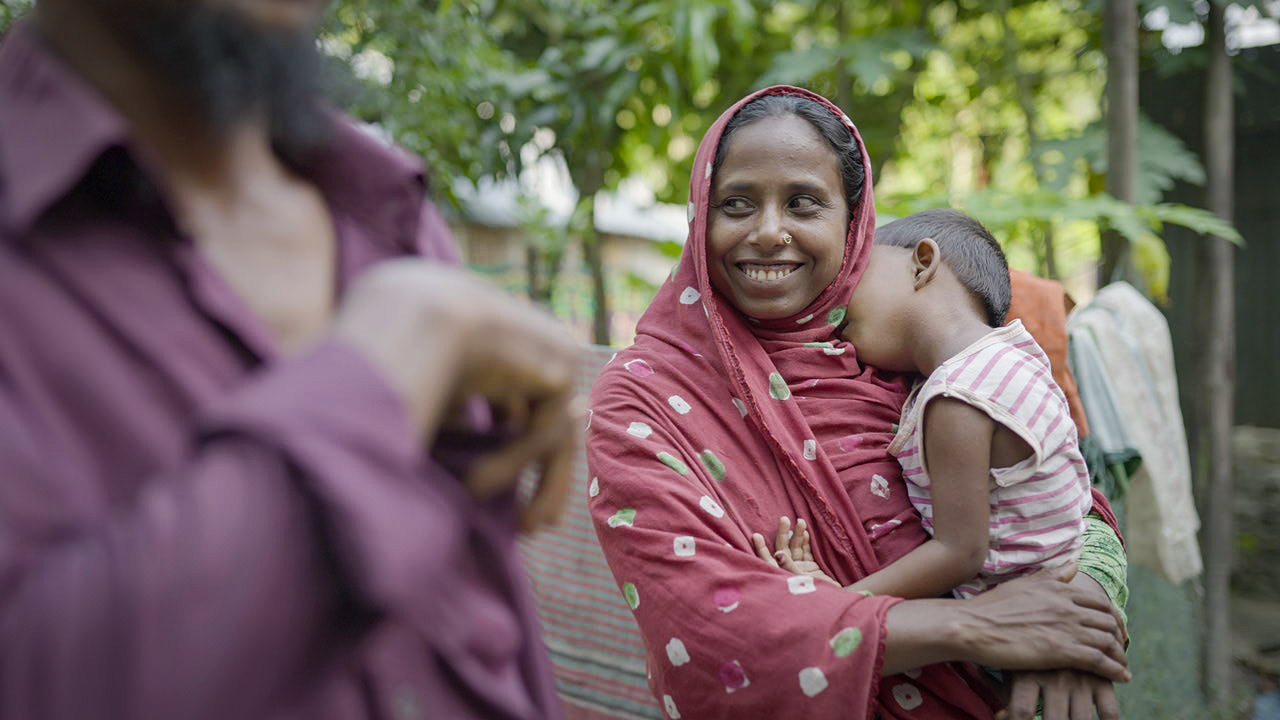Counterfactual Analysis
How do we estimate the value of a disaster that was prevented? Counterfactual analysis is perhaps the most effective tool we currently have to establish how effective our disaster prevention strategies are. Put simply, counterfactual analysis is the study of what might have been – essential in determining the losses averted through disaster risk management.
“We use counterfactuals to imagine and quantify the disasters that could have been” says Dr. David Lallemant, Assistant Professor at the Earth Observatory of Singapore at Nanyang Technological University in Singapore. “In so doing we can highlight the fact that the seemingly ordinary functioning of buildings and infrastructure in the face of floods, earthquakes and typhoons, is in fact extraordinary and worth celebrating.”
Counterfactual analysis enables evaluators to attribute cause and effect between interventions and outcomes. The ‘counterfactual’ measures what would have happened to beneficiaries in the absence of the intervention, and impact is estimated by comparing counterfactual outcomes to those observed under the intervention. The use of counterfactual analysis is increasingly used in disaster risk management field, allowing practitioners to explore the range of outcomes due to highly uncertain and random variables in a growing number of applications including earthquakes, climate change, and volcanic eruptions.
The Understanding Risk Averted Disaster Award (ADA) recognizes and highlights the value of avoiding disasters through better preparedness and risk mitigation. The ADA identifies and receives applications from individuals, project teams and organizations of all sizes, regions and industries whose successful DRM interventions have not been recognized.
If your organization or project meets this description, you’re invited to submit your applications here. The winning applicants will receive up to five cash grants and tickets to attend Understanding Risk 2022, the world’s largest forum for views and innovations in DRM globally. The intervention highlighted in the winning application will be featured in a documentary to be premiered at the event.
